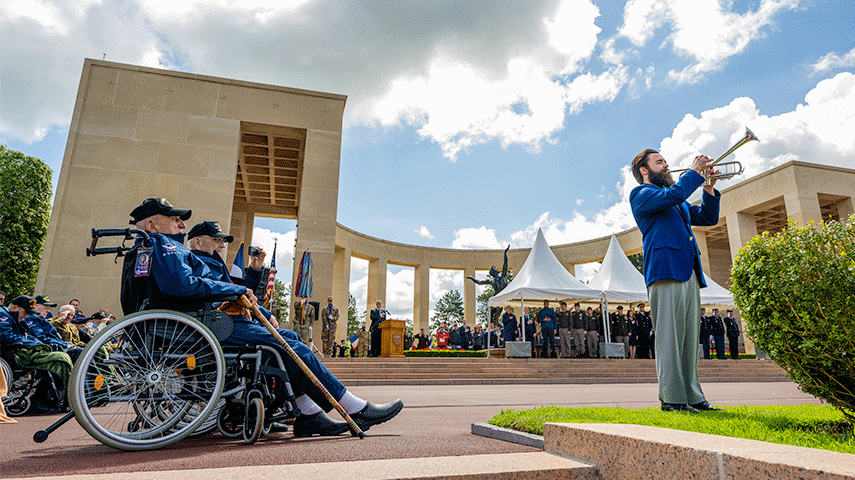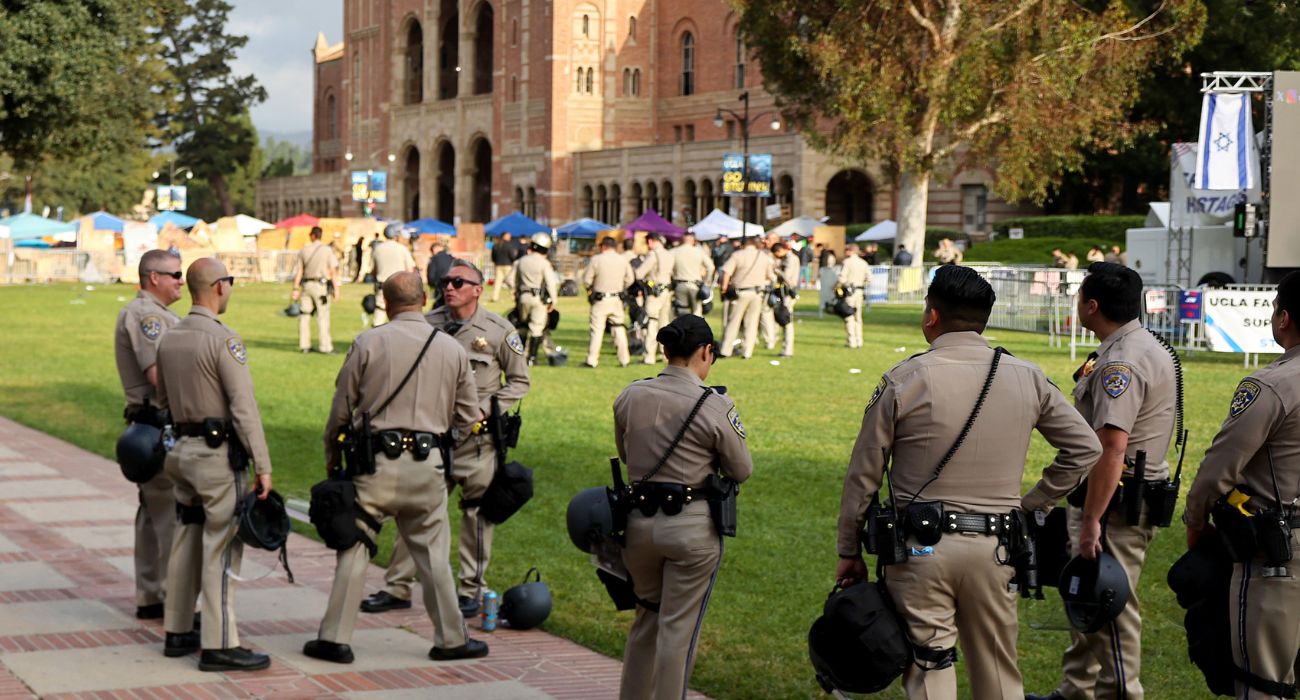Monday, June 6, marked the 78th anniversary of D-Day. As a tribute to those who served and perished in the Battle of Normandy, the Southern Methodist University Mustang Band is currently in France, representing the United States in the D-Day Memorial Ceremonies.
The seven-day trip commenced on June 2 and will continue through June 9.
By the end of the ceremonies, the 59-member band will have given several performances, including one at the town square in St. Mere Eglise — the first village to be liberated from Nazi occupation by American paratroopers — and at the American Cemetery in Brittany in honor of the American veterans of WWII.
The band will also travel to Omaha Beach for a performance at the International Ceremony in honor of Allied veterans of WWII.
The band was set to tour and perform at these historical locations last year, but COVID-19 travel restrictions forced a change of plans. This year, the memorial services in and around Normandy featured a typical flow of visitors thanks to the easing of pandemic restrictions.
During the memorial ceremonies, the SMU Mustangs play military marches as well as solemn standards such as taps, the bugle piece that serves as a farewell to fallen soldiers, and which is also played when the American flag is retired for the night at military installations. Being selected to play taps at military funerals is a high honor for brass musicians, even more so at a ceremony such as the D-Day memorial.
The success of D-Day came at a painful cost to the Allies. It is estimated that more than 4,000 troops lost their lives on that day. Approximately 4,000-9,000 German soldiers were killed as they attempted to stop the Allies from pushing through the beachhead and liberating villages across the Normandy and Brittany regions.
D-Day was the beginning of the end of the Nazi occupation; less than a year later, Soviet troops from the Red Army stormed the Reichstag in Berlin as Adolf Hitler hid in a bunker and killed himself.
In 2021, the U.S. Department of Veterans Affairs estimated that less than 3,000 American veterans present for D-Day were still alive.






